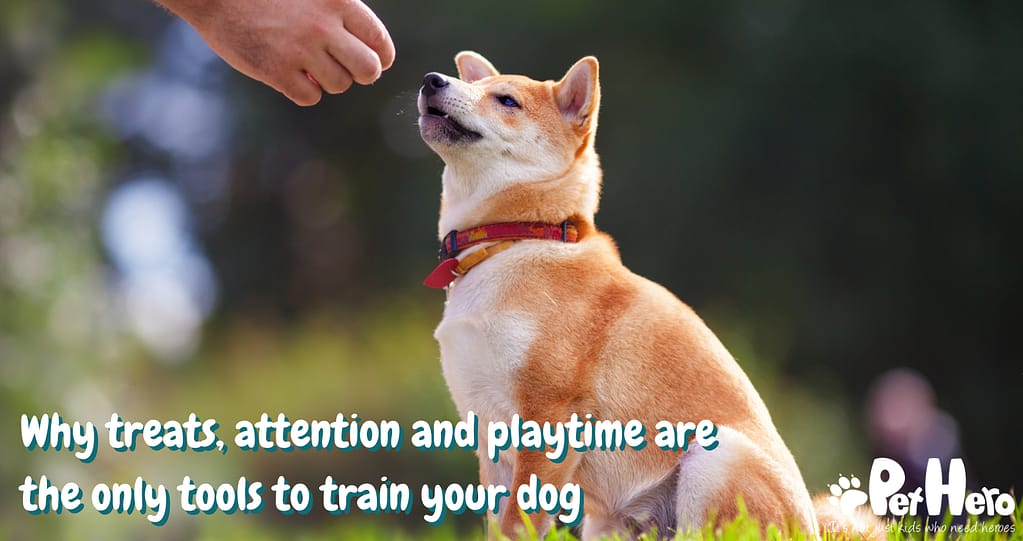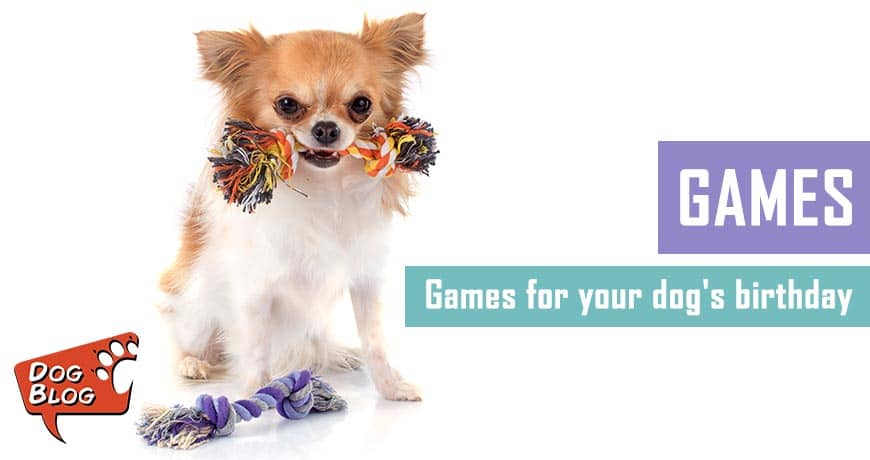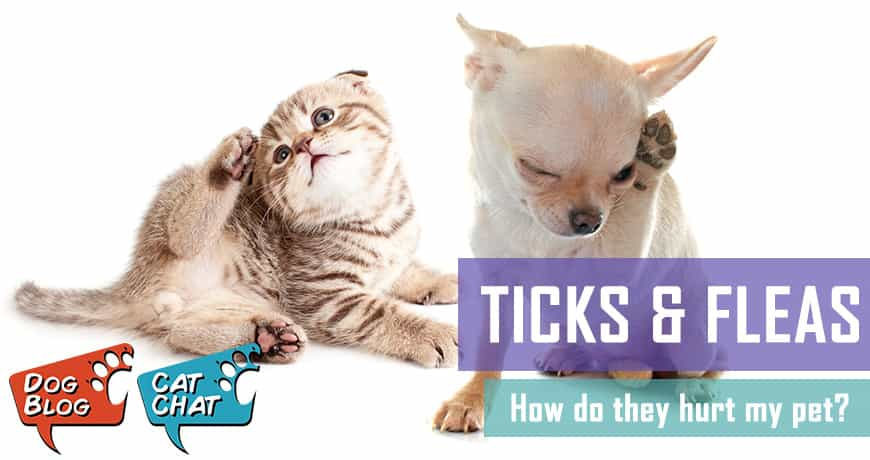There are as many ways to train pets as there are pet trainers, which is why so many differing training methods have been touted as The One Right Way. Cesar Millan prefers dominance theory or the ‘alpha dog’ narrative – asserting dominance over an unruly or aggressive pet; while positive reinforcement trainers like Victoria Stilwell, Dr Ian Dunbar and Zak George believe in using dog training to communicate what you want from them. Reward the wanted behaviour so you get more of it and ignore or detract from the unwanted behaviour so it stops.
Four ways to get what you want
In behavioural psychology, there are four ways to change a subject’s behaviour – in this case, getting a dog to do what you want him to do or stop him from performing unwanted behaviours.
- positive reinforcement
- negative reinforcement
- positive punishment
- negative punishment
In these instances, ‘positive’ and ‘negative’ don’t mean ‘good’ and ‘bad’, but rather refer to whether something is added (positive) or taken away (negative).
- Positive = adding something (a reward or a correction)
- Negative = removing something (a reward or a correction)
- Reinforcement = increasing the likelihood of the behaviour happening again
- Punishment = decreasing the likelihood of the behaviour happening again
Examples of these methods in dog training terms
Positive reinforcement: When you give your dog a positive command (“sit”) and he puts his bum on the floor, you give him a yummy piece of cooked chicken or a tasty dog treat. The desired behaviour is rewarded, increasing the likelihood that it will happen again next time you give the command. Dogs love treats and will do what you want in order to get more of them.
Negative reinforcement: When you take your dog out of the naughty corner because he’s stopped whining. Or, when you remove the chain because your dog has stopped digging in the yard. You’re removing a negative experience to increase the likelihood of desired behaviour.
This is problematic because the dog would need to make complex associations with wanted and unwanted behaviour, and positive and negative experiences. It’s a very inefficient way to get a dog to understand what you want from him.
Positive punishment: This is also called aversive training. When your dog pulls on the leash and you give the leash a yank to stop the pulling. When your dog barks and you zap him with a shock collar (also called an e-collar) to stop the barking. You’re delivering an aversive experience to stop unwanted behaviour.
While this may seem effective in the moment, you’re increasing the likelihood of your dog being fearful and anxious or even aggressive, especially if he associates you with the pain of aversion training. Aversive training may divert your dog’s attention from the negative behaviour, but it doesn’t address the source of it.
Negative punishment: Taking away your dog’s favourite toy because he’s ripped up the couch cushions. Not going on walkies because your dog dug a hole in your flowerbed.
Once again, this is problematic training because it’s unlikely that the dog would immediately associate the absence of the things he enjoys with his negative behaviour. Dogs don’t have the reasoning power to understand “I’m not going on a walk because I did this thing my human didn’t want me to do.”
Negative reinforcement and negative punishment (taking something away to increase or decrease behaviour) are not bona fide dog training methods, but we include these examples to support the theory behind why positive reinforcement is so effective in the long run.
Training as communication
A pet dog’s greatest desire in a relationship with us is our companionship and approval, and yet our silly human default mode is to tell our pets “No!”
“Don’t do that!”
“Why did you eat my shoes?!”
“Stop it!”
“Naughty!”
Your dog is not being ‘bad’ and he doesn’t need to be shocked or smacked out of his ‘bad behaviour’ – he just does not know yet what it is you would prefer him to do! It is much easier to communicate ‘yes’, ‘good’, ‘do more of that’ by giving your dog a pleasurable experience (treats or petting or playing with his favourite toy) every time he does something you approve of. Your dog is not bad, rude, disrespectful or resentful (or any of the other emotions we falsely attribute to a ‘misbehaving’ pup) – he’s just untrained.
So how does positive reinforcement work?
Positive reinforcement requires patience, repetition, consistency and a lightning quick response when your dog performs the correct behaviour. He has to associate the positive experience (the treat) with the action he’s taken. For example:
Every time the doorbell rings, your dog barks and jumps up at the door to protect you from imminent danger (i.e. your friend who has come to visit). Aversive training would have you instruct your friend to put up their knee to discourage your dog from jumping up against them; since dogs don’t exactly appreciate being kneed in the chest. While this may prevent the behaviour of jumping up, it doesn’t remove your dog’s anxiety, which is the cause of his barking and jumping. It may reinforce his fear because not only is he fearful of a threat, he now also gets kneed in the chest for it. In order to change his response (no fear) and change his behaviour (no barking and jumping up), it requires a few patient steps being followed consistently.
The doorbell or knock on the door is the trigger that signals danger is on the doorstep. To change the doorbell to a positive, have a treat ready for when your friend rings the doorbell (your friend is in on it to help with your pup’s training). Before your dog even has a chance to bark at the doorbell or knock, reward him. Make the knock on the door a positive thing. If he barks, ignore the response. Don’t reward him if he barks. Knock = treat = no chance to bark. You have to be fast. Soon enough, your dog will hear the doorbell or knock and anticipate the treat as he associates the door with a positive experience.
Now that your dog expects treats when the doorbell rings, give him a place he has to go to receive the treats. Place a mat or his dog bed a few metres away from the front door. Use positive reinforcement to teach him that this mat is where he will get treats, using the command “bed”, “place” or another preferred identifier. Give the command and reinforce, reinforce, reinforce. With enough practice and consistency, he will learn that when the doorbell rings and you give the command, you really want him to go to his mat and wait while you let your friend into the house for a visit. There is nothing in this scenario to fear because your dog will ultimately associate your friend with treats and a good time.
The danger of aversive training
The basis for aggression in most dogs is fear. Aversive training may yield positive results in changing dogs’ behaviour, but it does the absolute worst for your relationship with your dog. As the source of the discomfort (from a smack, a bop on the nose with a rolled up newspaper, an e-collar, a knee to the chest or a yank on the chain), your dog learns that you are to be feared. Old dogma (no pun intended) would have you believe you want your dog to fear you in order to obey you, but this is no way to build a bond of trust with your furry friend.
For almost 20 years, countless studies have tested the effectiveness of positive reinforcement training vs aversive or punitive training. One thing that is very clear in almost all the studies is that positive reinforcement training is not only effective in reducing disobedience, but also aggression. To ‘train out’ aggression, dog owners need to build trust. You cannot build trust through the reactive, unpredictable nature of aversive training – indeed, it sows mistrust in your dog. And when your dog fears you, he is more likely to react to your aggression with his own aggression.
Treats, attention and positive reward create the bond that builds trust between human and dog.
Pet heroes use positive reinforcement training
Pet Hero encourages our pet heroes to treat your pets with love and positivity. As a result, we’ve decided to remove aversive training tools from our product line, so you won’t find any e-collars, prong collars and other ‘positive punishment’ devices on the Pet Hero website. We believe in fostering love and trust as the basis for the crucial bonds between humans and pets.
If you have a problematic dog who is fearful, aggressive or otherwise unruly, we encourage you to find a certified dog trainer who only uses positive reinforcement methods to help with your dog. There are also tons of great resources on YouTube that will show you the best methods to use to remove your dog’s fear and rebuild the trust and confidence that will ensure your dog lives a happier life with greater wellbeing.







